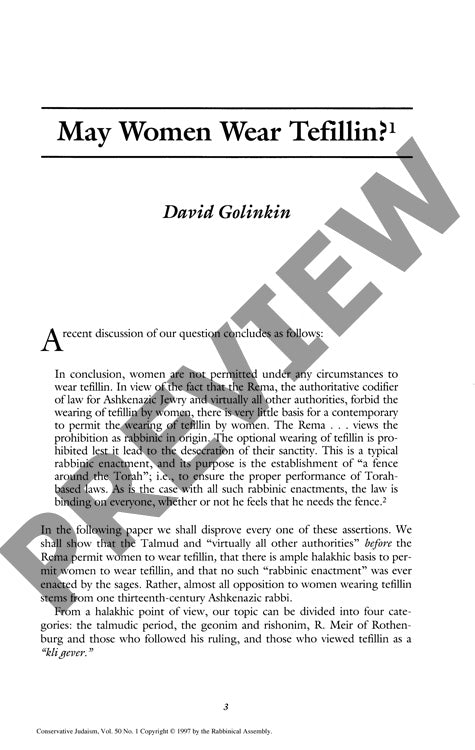May Women Wear Tefillin
Couldn't load pickup availability
Throughout Jewish history, women's right to wear tefillin has sparked intense debate, yet a comprehensive analysis of legal sources reveals that most early rabbinic authorities permitted the practice. While contemporary Orthodox Judaism often prohibits women from wearing tefillin, examination of primary sources from the Talmudic period through medieval times tells a different story. Traditional halakhic methodology, applied to Talmudic literature, geonic writings, and medieval responsa, demonstrates that women, though exempt from tefillin as a time-bound commandment, were historically allowed to observe this ritual. The Mekhilta and Babylonian Talmud explicitly endorsed women's tefillin use, citing Mikhal bat Cushi's practice as precedent. Leading medieval authorities including Rabbeinu Tam, Rashba, and R. Zerahia Halevi permitted women to wear tefillin with blessings, while Rashi and Rambam allowed the practice without blessings. Modern opposition largely stems from a single thirteenth-century ruling by R. Meir of Rothenburg (Maharam), whose objections based on ritual purity (tohorah) or physical cleanliness (nekiut) lack substantive halakhic foundation, as these requirements apply equally to all practitioners regardless of gender. The evidence establishes that contemporary prohibitions rest not on traditional Jewish law but on questionable medieval innovation, with substantial halakhic precedent supporting women's right to wear tefillin.

More Information
-
Physical Description
-
Publication Information
Published 1997
ISBN
-
Publication Credits
David Golinkin

